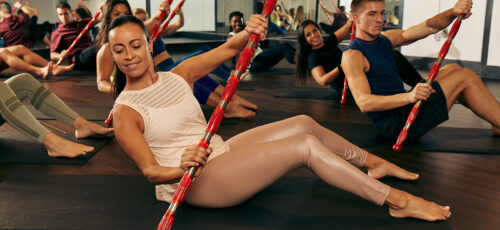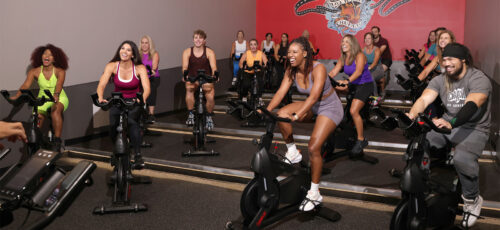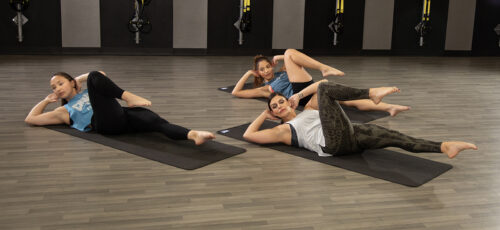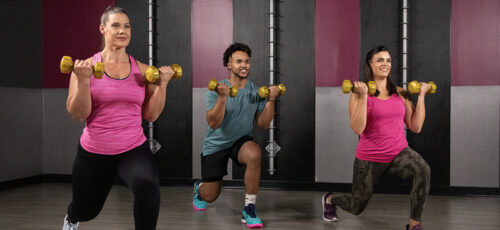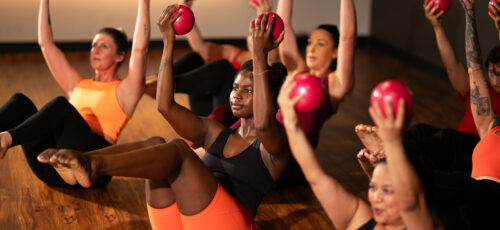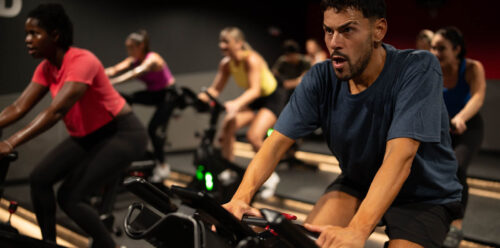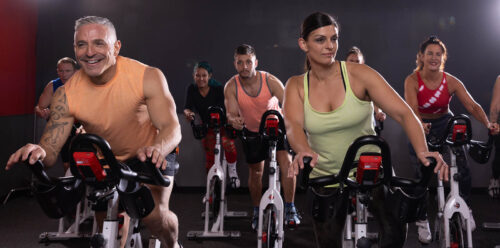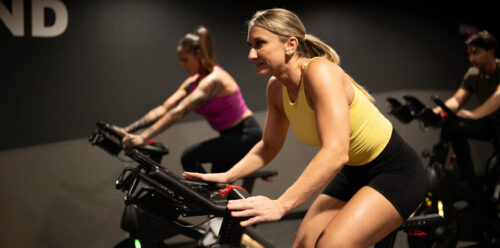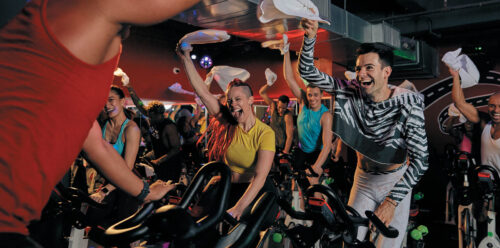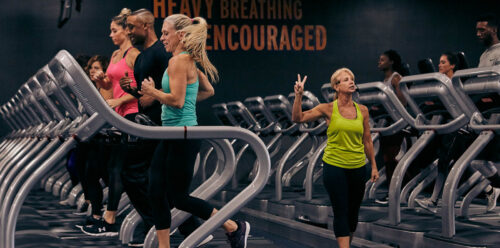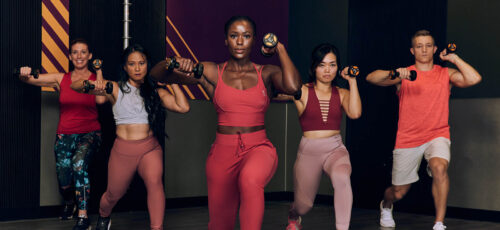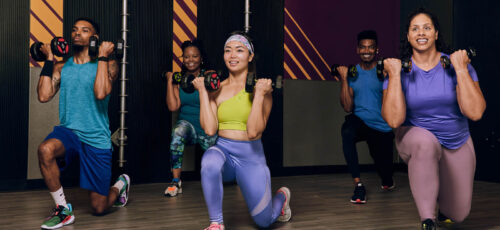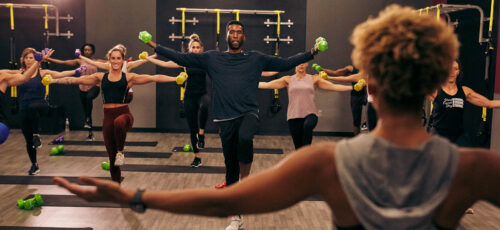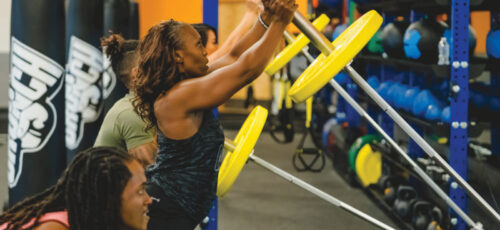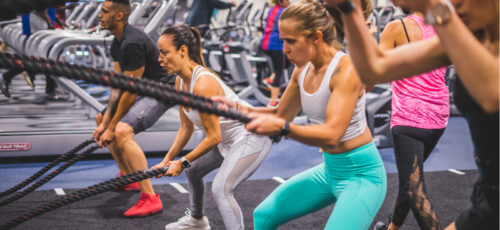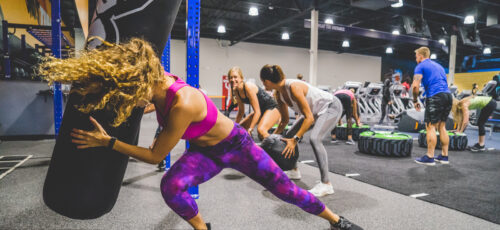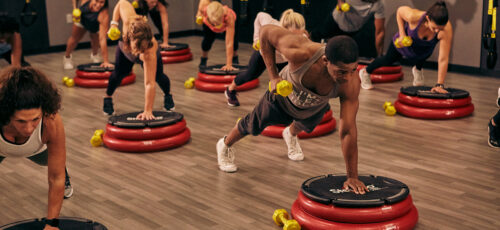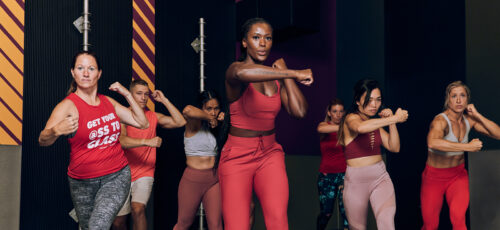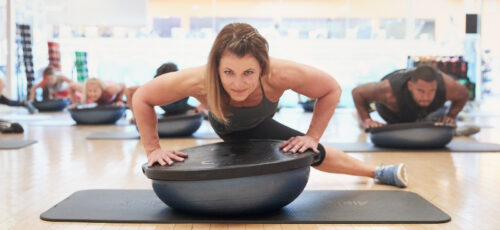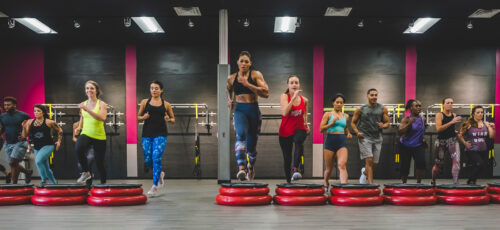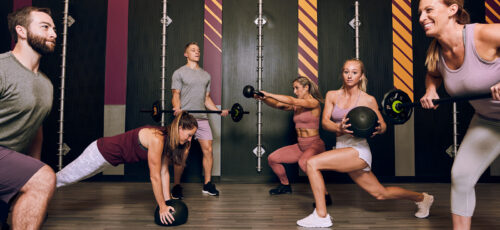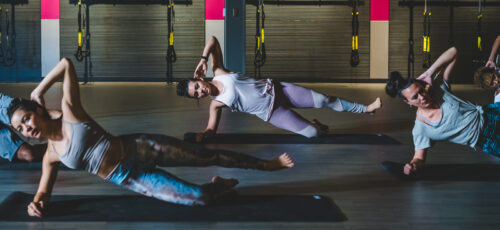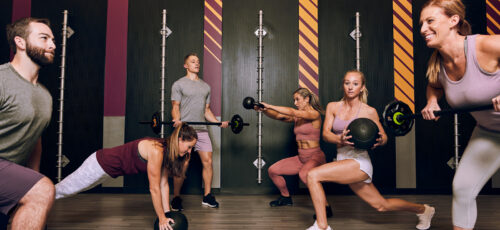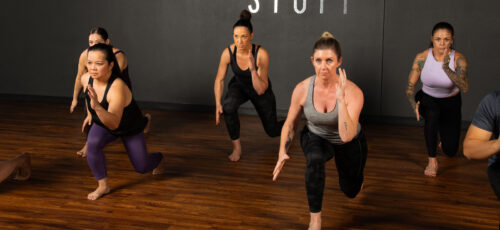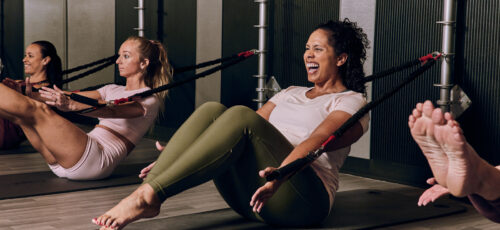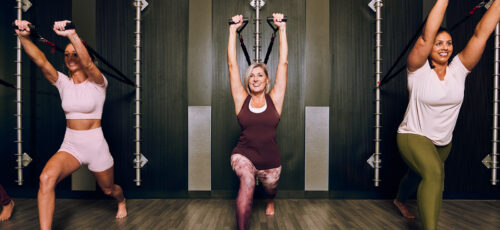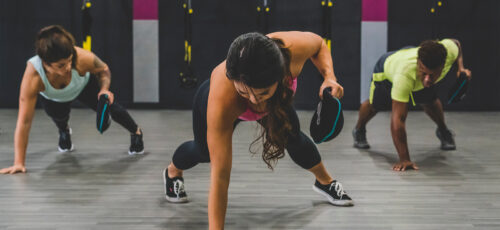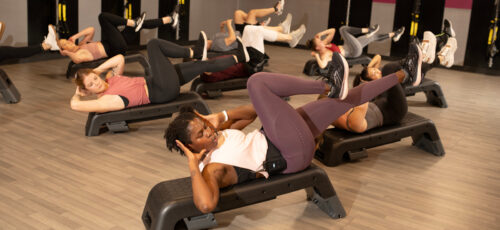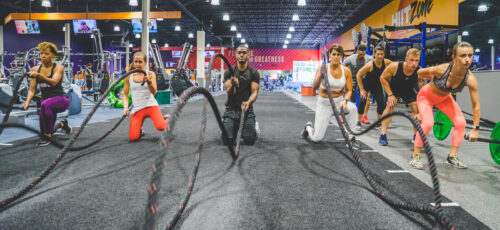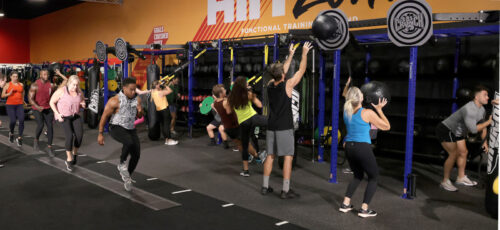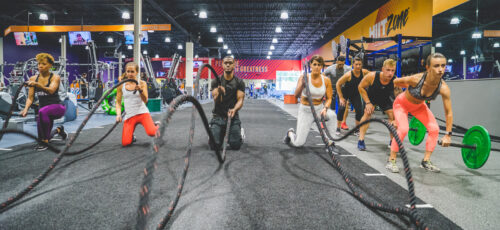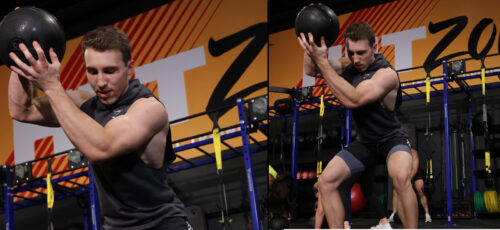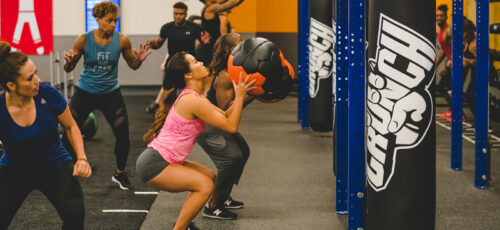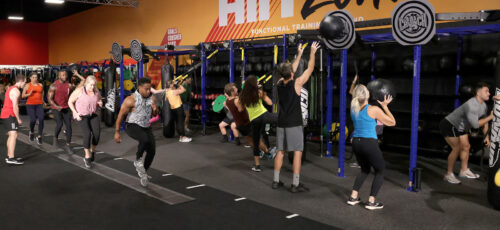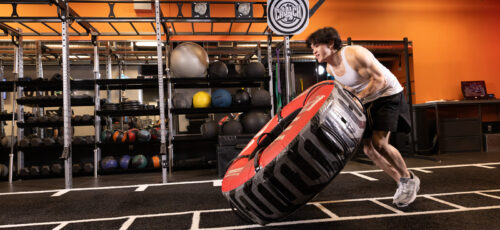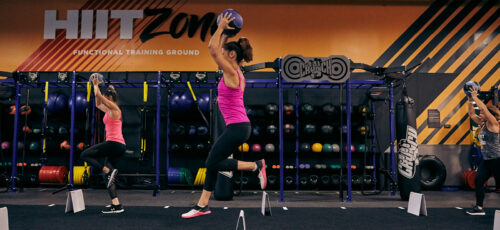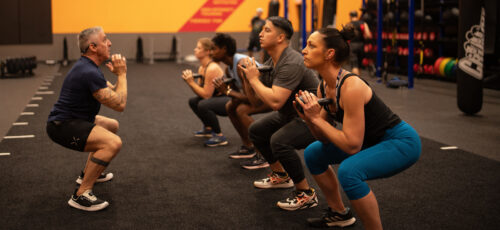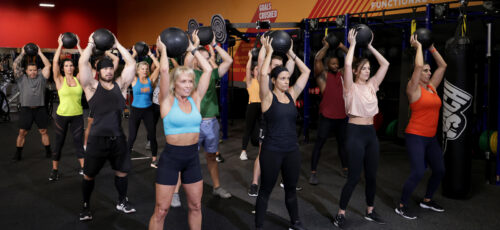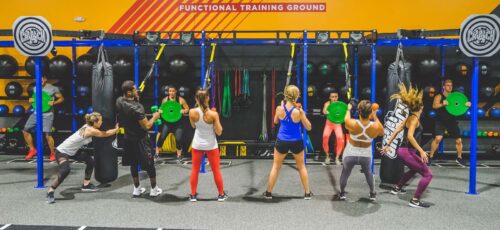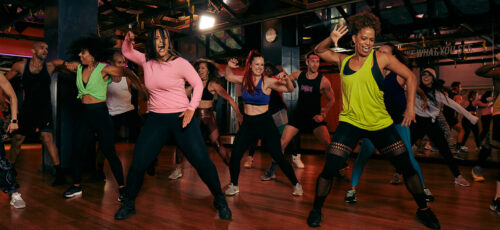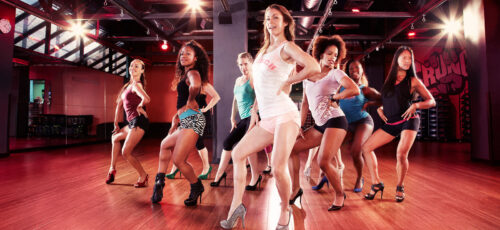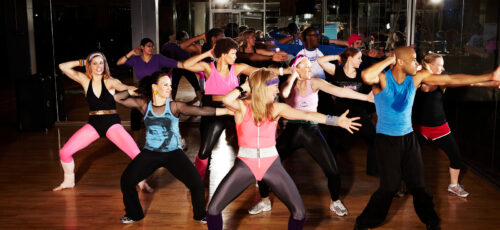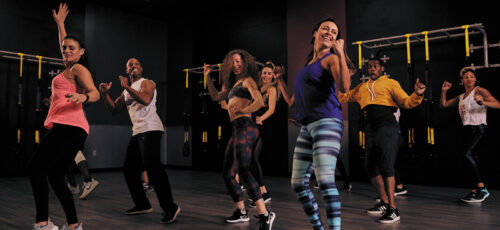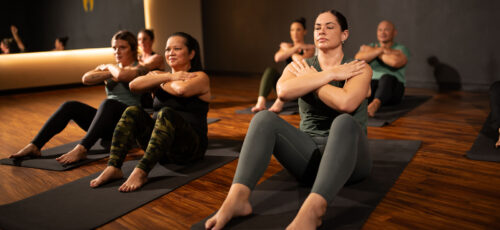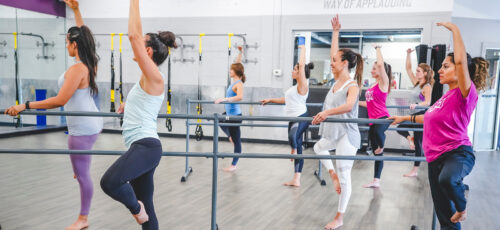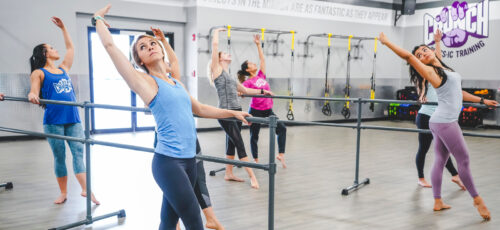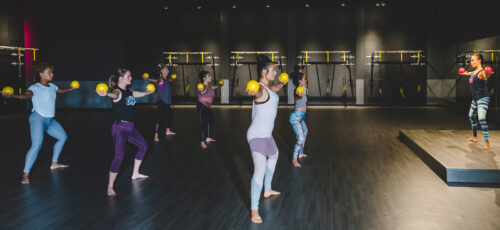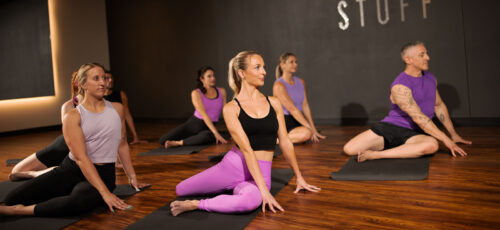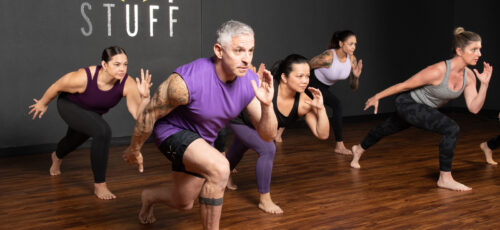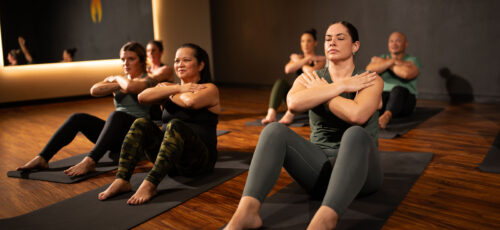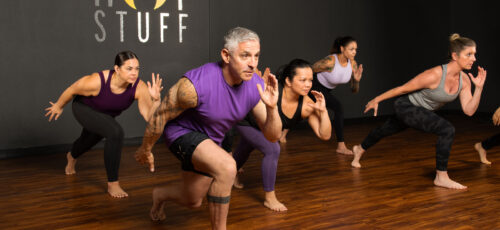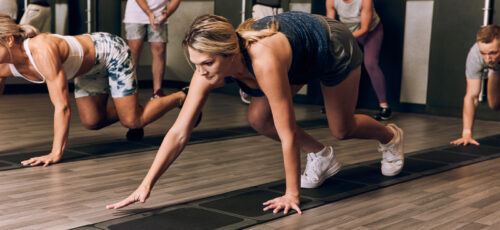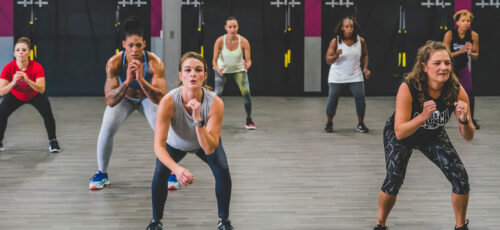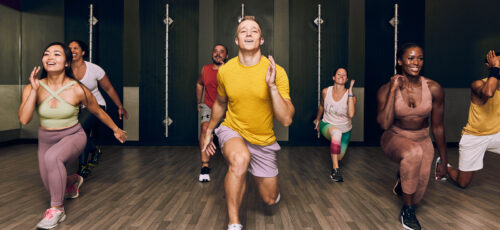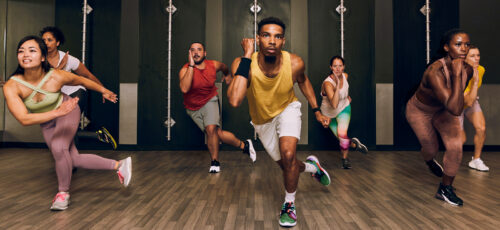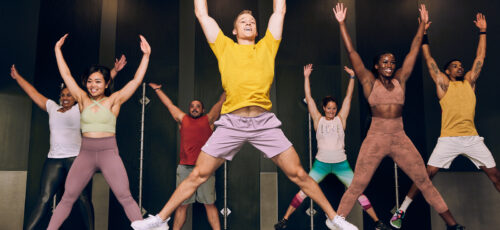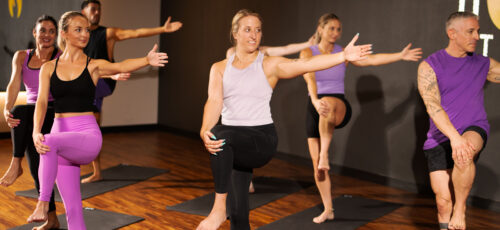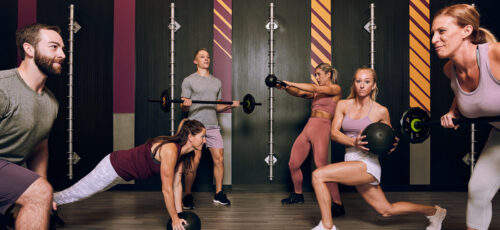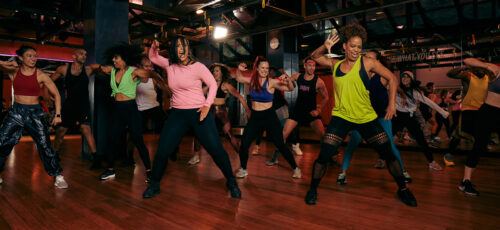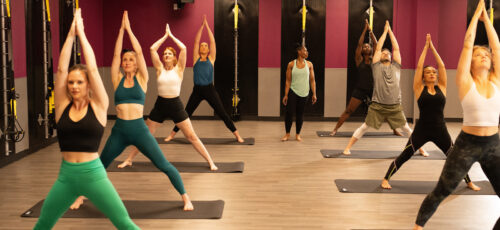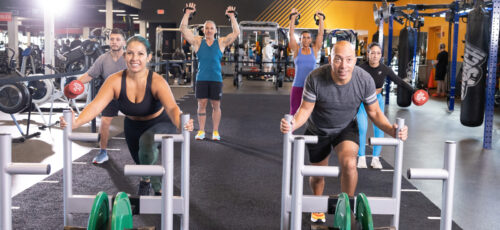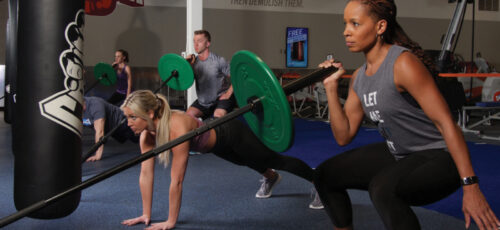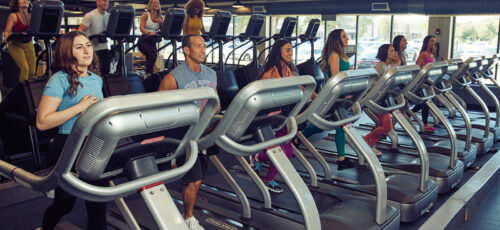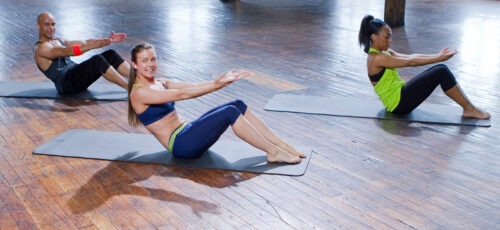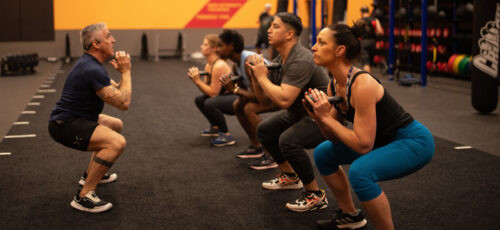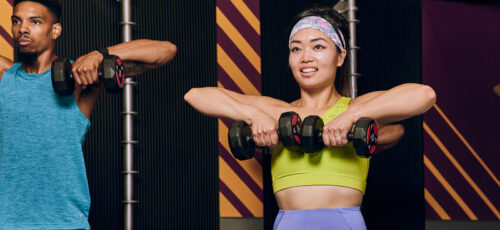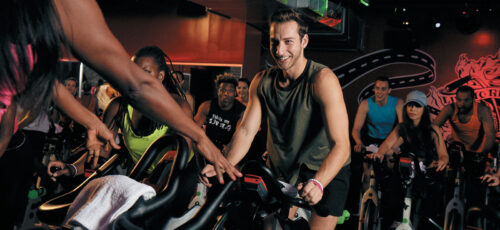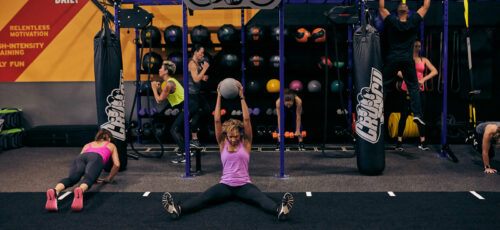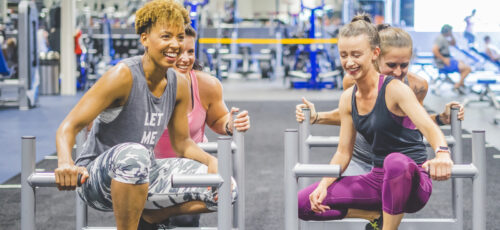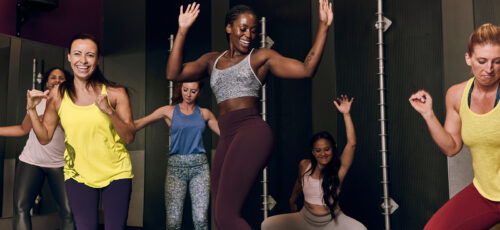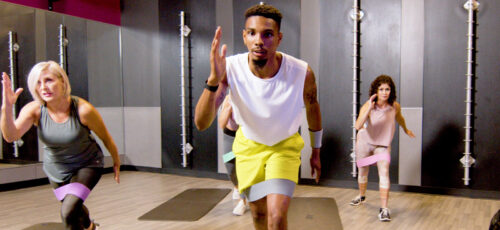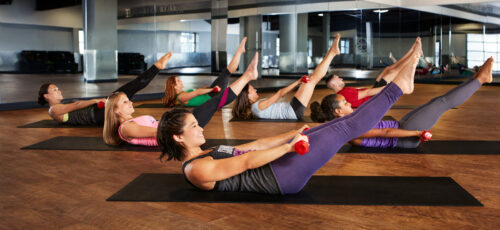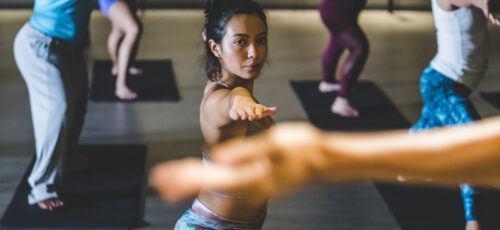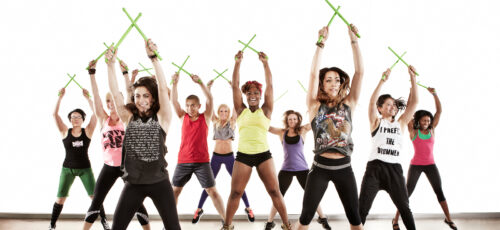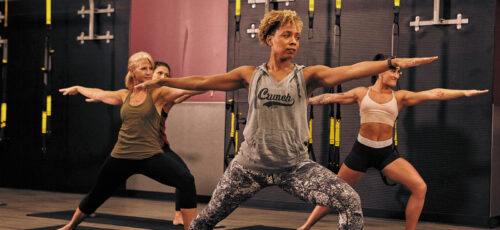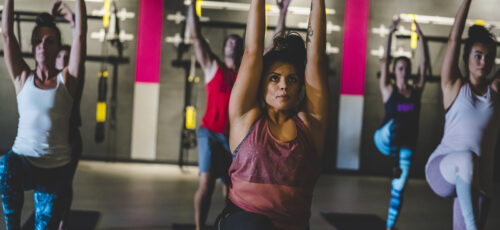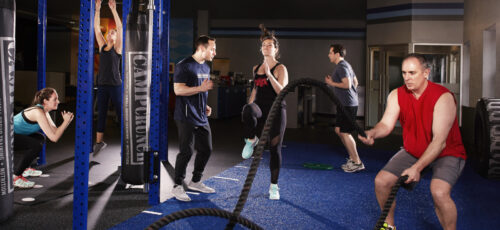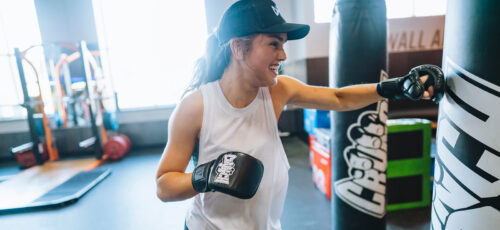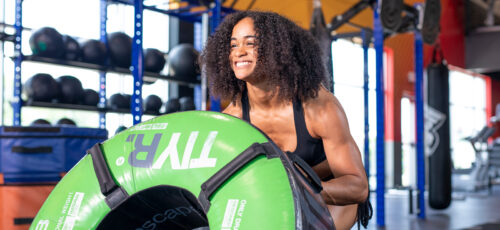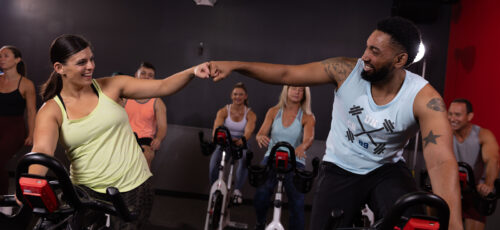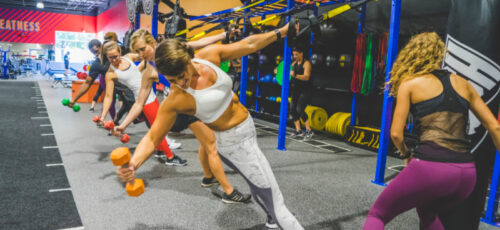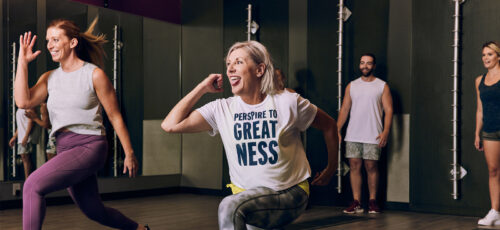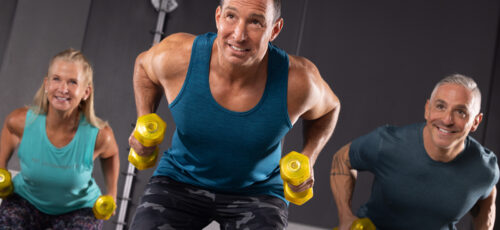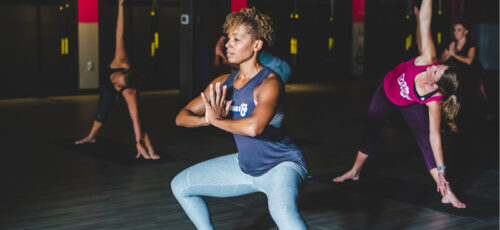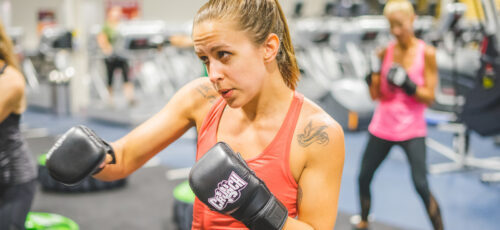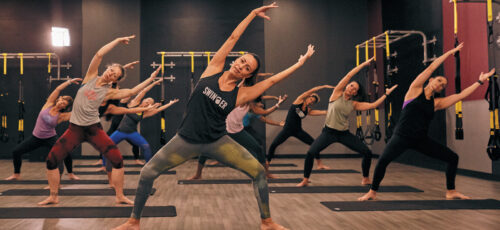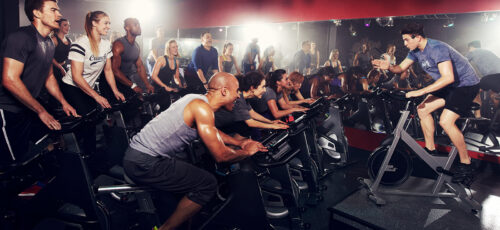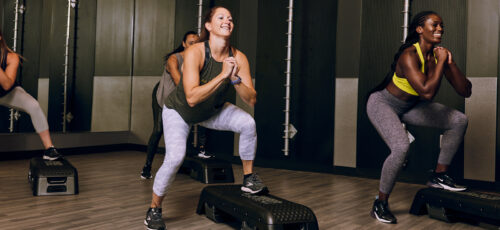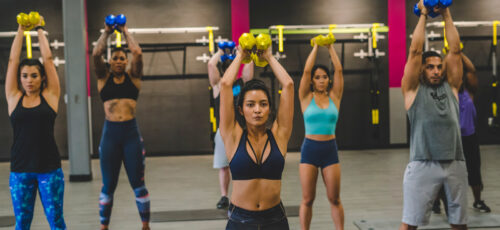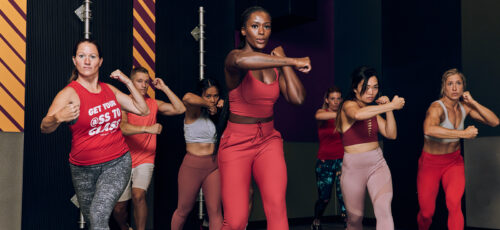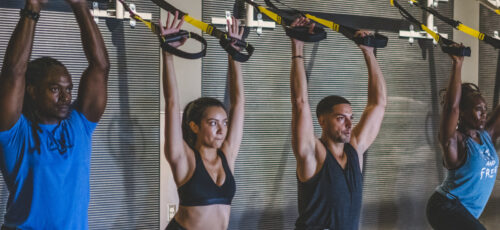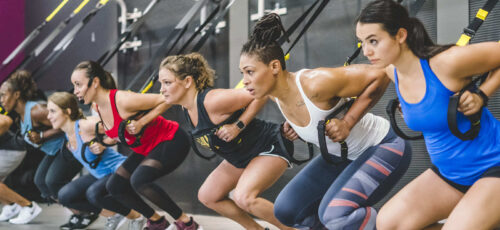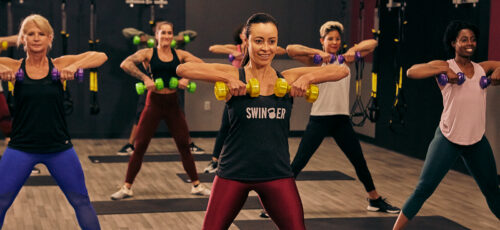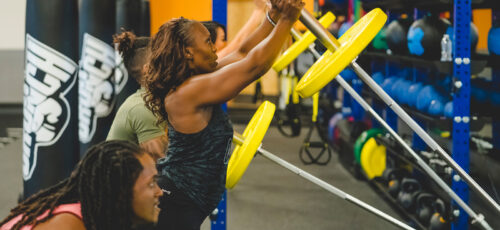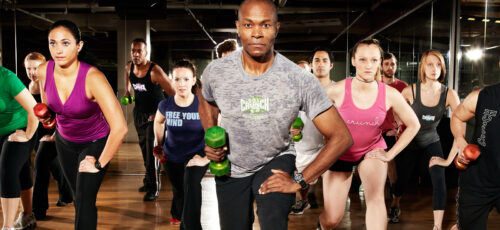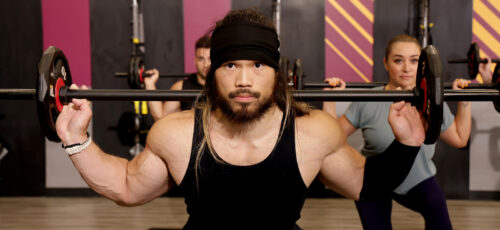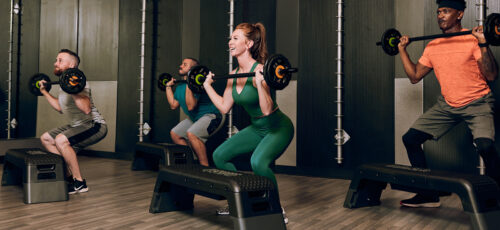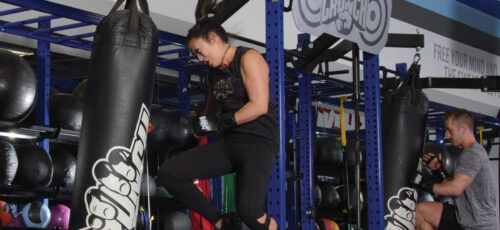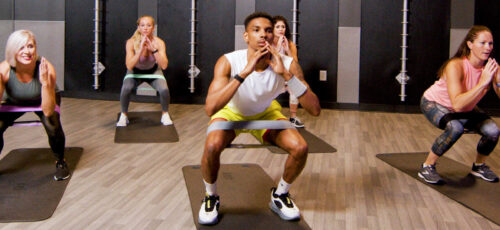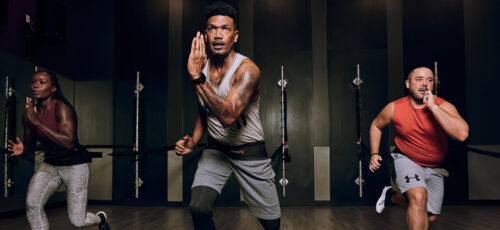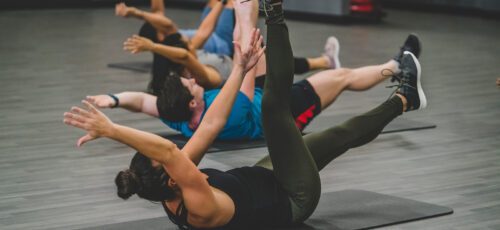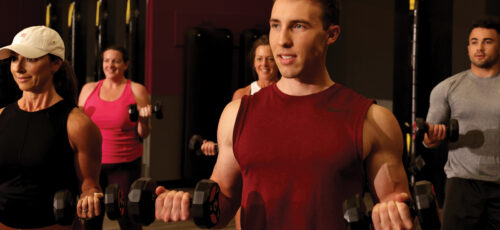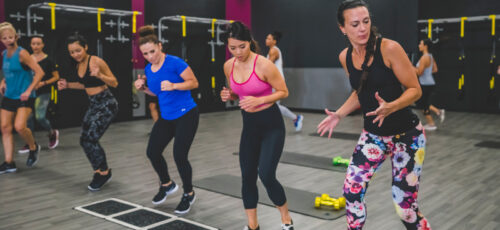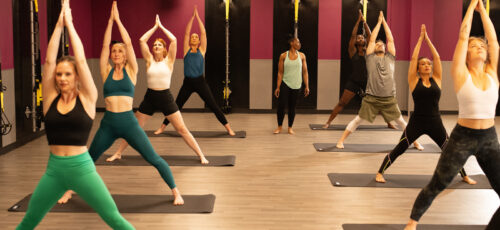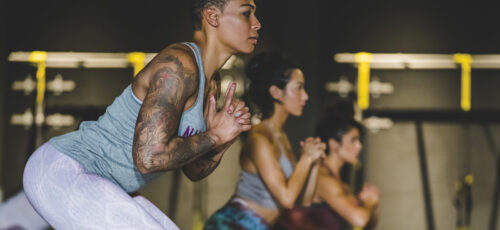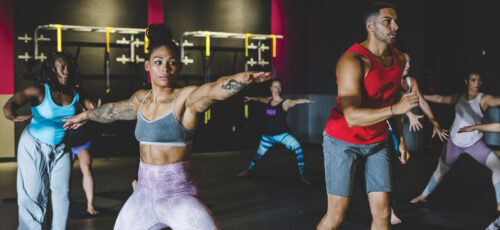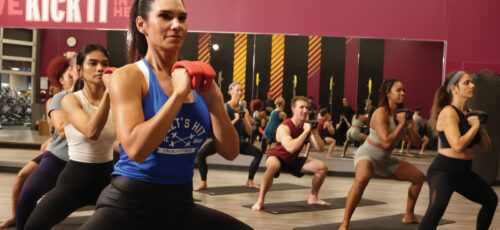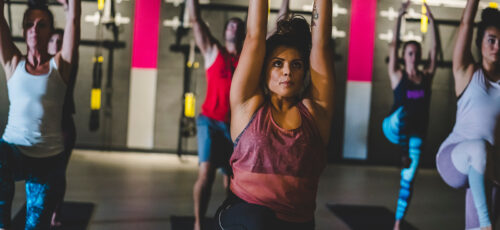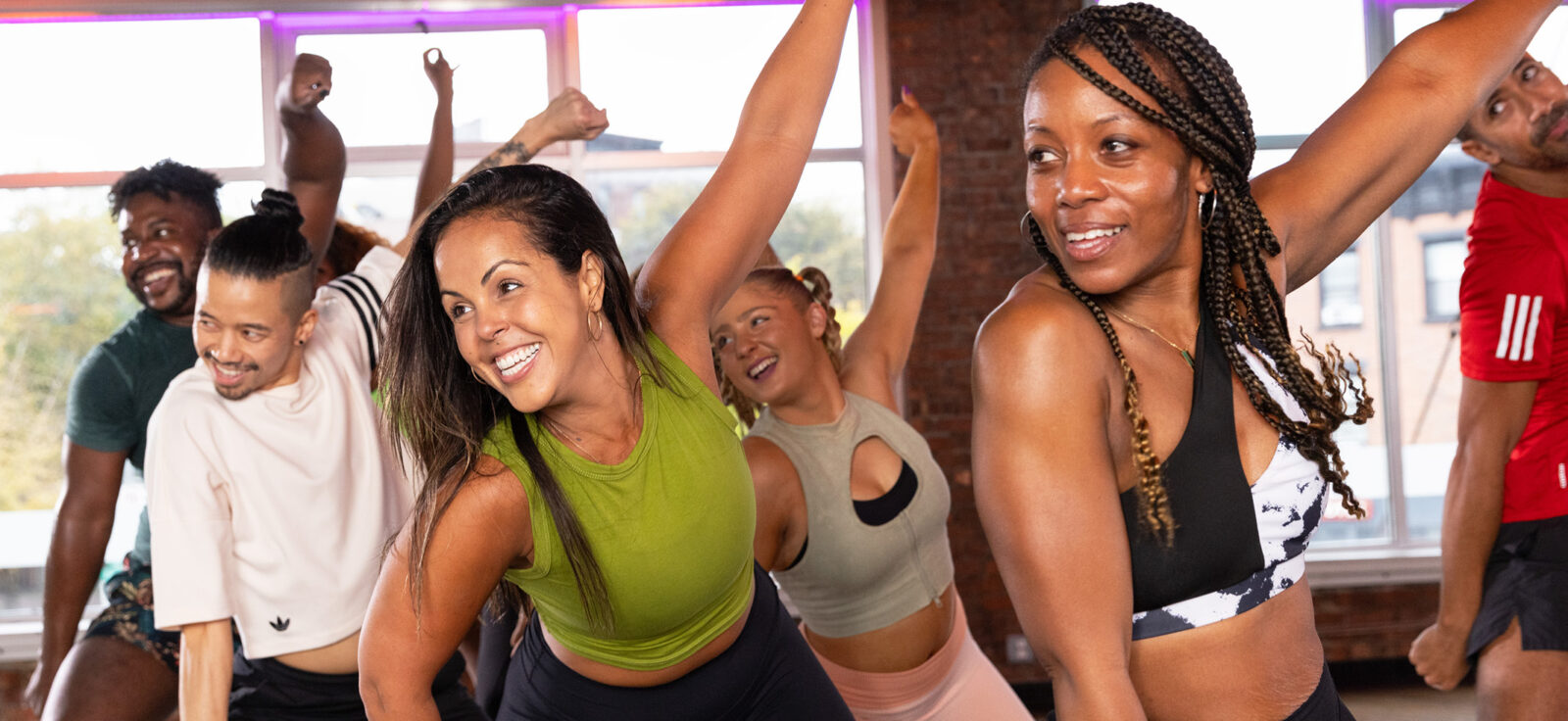
Have you ever wondered, “What is a basic fitness class?” You’re not alone! In today’s world, where maintaining a healthy lifestyle is more important than ever, basic fitness classes have become a key part of achieving wellness goals. From boosting muscle tone to enhancing overall physical and mental health, these classes offer so much more than just a workout.
At their core, basic fitness classes are group workouts led by certified instructors designed to suit a range of fitness levels. They typically combine cardio exercises with bodyweight movements, creating a full-body workout that targets multiple muscle groups. The result? Improved strength, endurance, and flexibility while enjoying the camaraderie of a supportive group setting.
Whether you’re just a beginner or already have some experience, basic fitness classes can provide a fun and effective way to stay active. Let’s explore what makes them so impactful and how they can help you feel your best!
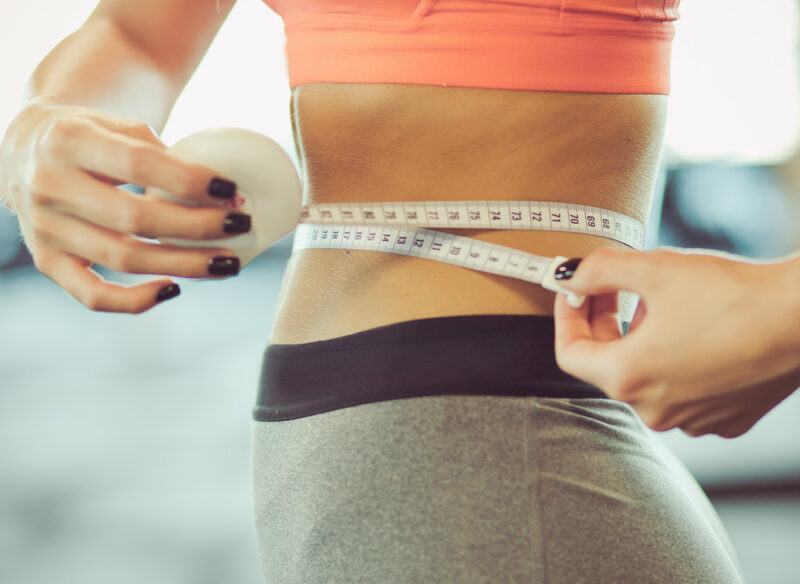
Basic Fitness Classes: A Comprehensive Overview
High-energy fitness classes provide a dynamic and engaging workout experience, targeting multiple aspects of your physical health. Whether your goal is calorie burning, building core strength, muscle conditioning, or simply getting a great cardiovascular workout, these classes are designed to deliver results while keeping you motivated and energized.
Whether fast-paced or led by a personal trainer, each class typically follows a structured format that ensures a well-rounded exercise routine. You’ll start with a warm-up to prepare your body, move into the main workout incorporating bodyweight exercises, strength training, and cardio, and finish with a cool-down to promote recovery.
Understanding this format—and taking the time to read class descriptions—can help you choose sessions that match your fitness level and goals.
Fitness classes are more than just a way to break a sweat. They offer transformative benefits, from improved muscle conditioning and body composition to increased energy levels and overall health.
No matter where you are on your fitness journey, these classes are a fun, supportive way to reach your goals while enjoying a sense of accomplishment after every session.
The Importance of Fitness Classes for Your Health
When you think of fitness classes, you might imagine breaking a sweat with like-minded individuals, but these classes offer much more than physical activity.
They profoundly impact your overall health, from improving your body composition to boosting energy and mental well-being.
Let’s explore why fitness classes should be a cornerstone of your wellness routine and how they can transform your life.
Building Strength for Everyday Life
Fitness classes focusing on strength training, such as circuit training or weightlifting sessions, are essential for building a healthier, more resilient body. Incorporating resistance tools like weights and bands, these classes help you develop lean muscle mass and improve your metabolic function.
For example, studies have shown that people who engage in strength training twice a week can increase their resting metabolic rate by 7-8% over six months. This means their body becomes more efficient at burning calories even when not working out.
The benefits go beyond aesthetics. Improved strength makes daily tasks—like lifting groceries or climbing stairs—easier and reduces the risk of injury. It also supports bone health, especially as you age, reducing the risk of osteoporosis.
Enhancing Flexibility and Balance
People often overlook flexibility, but it plays a vital role in overall fitness. Yoga, Pilates, and barre classes emphasize stretching and core exercises, actively improving your range of motion and posture.
For example, yoga improves flexibility and strengthens stabilizing muscles, which are crucial for maintaining balance. This is particularly important as we age, as reduced flexibility can increase the risk of falls and injuries.
Picture yourself easily bending down to tie your shoes or sitting comfortably for hours without any stiffness—these little changes can boost your quality of life!
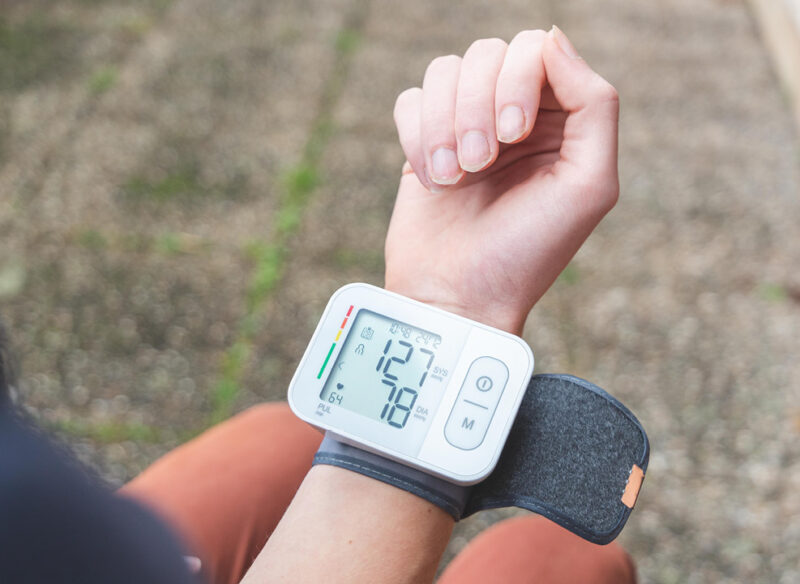
Boosting Cardiovascular Health
Your heart and lungs are the engines that keep you going, and fitness classes emphasizing cardio, such as Zumba, cycling, or dance-based workouts, are excellent for improving cardiovascular health.
These high-energy, fast-paced classes increase your heart rate, improving blood circulation and lung capacity. Research indicates that participating in cardio-focused classes at least three times a week can lower the risk of heart disease by up to 30%.
Moreover, the benefits extend to increased endurance, allowing you to engage in physical activities for longer periods without fatigue. Even activities like walking, playing with your kids, or climbing stairs feel less daunting when your cardiovascular health is strong.
Effective Weight Management
Maintaining a healthy weight is key to overall wellness, and fitness classes are significant in this journey. Many classes incorporate high-intensity interval training (HIIT), which burns calories efficiently in a short amount of time.
For example, a 45-minute cycling class can burn up to 600 calories, depending on your effort and intensity level. But these classes are not just about weight loss; they help you achieve a balanced body composition by reducing fat while preserving or building muscle.
Weight management isn’t just about looking good; it’s about feeling good and reducing the risk of weight-related health issues like diabetes, hypertension, and joint pain.
Nurturing Mental Health
The benefits of fitness classes aren’t confined to your physical body; they’re also a boon for your mental health. Physical activity triggers the release of endorphins, the “feel-good” hormones that elevate your mood and reduce stress.
Regular participation in fitness classes has been shown to alleviate symptoms of anxiety and depression. For instance, attending a weekly yoga class has been linked to a 40% reduction in stress levels among people.
However, exercise improves cognitive function and memory. A study published in the Journal of Aging Research found that people who engaged in moderate physical activity had a 50% lower risk of developing dementia than those who led sedentary lives.
Fitness classes also boost self-esteem. Achieving milestones, whether lifting heavier weights, running faster, or mastering a complex dance routine, provides a sense of accomplishment that carries over into other areas of life.
Holistic Benefits of Fitness Classes
Fitness classes aren’t just about isolated benefits like strength, flexibility, or cardio health—they offer a holistic approach to wellness. When you combine these elements, you create a lifestyle that promotes longevity, energy, and happiness.
For example, a single group fitness class might include cardio, strength training, and stretching elements, giving you a well-rounded workout that targets every aspect of your health. The companionship and support from personal trainers and classmates add motivation and accountability, making it easier to stick to your routine.
What to Expect in a Basic Fitness Class?
Knowing what will happen before you start your first fitness class is essential. Most basic fitness classes have a set plan that includes three main parts: the warm-up, the interval training, the primary exercise time, and the cool-down.
Warm-Up Phase
The warm-up phase is a critical component that precedes the main workout. Its primary purpose is to prepare your body for the physical demands ahead. It typically involves light cardio exercises, mobility drills, and stretching. This phase is instrumental in increasing blood flow to your muscles and loosening your joints, ensuring your body is adequately primed for exercise. During the warm-up phase, you can look forward to:
- Preparation: This phase prepares your body for the main workout.
- Light Cardio: You’ll start with light exercises that slowly make your heart beat faster.
- Stretching: Gentle stretching exercises are part of the warm-up to increase muscle elasticity.
- Blood Flow: The warm-up increases blood flow to your muscles, giving them more oxygen.
- Joint Loosening: It helps make your joints more flexible and reduces the chance of getting hurt.
Main Workout Phase
The main workout is the core of any fitness class. During this phase of resistance training, you’ll engage in a series of exercises that target specific muscle groups or fitness components such as strength, flexibility, or cardiovascular endurance.
The content of the main workout may vary based on the type of class, the instructor, and the studio. This is where you’ll experience the most significant changes in your body.
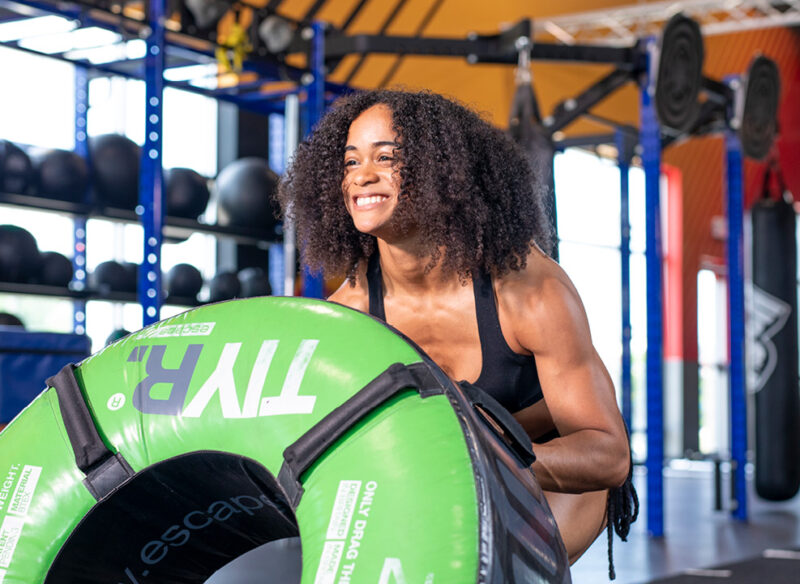
Cool-Down Phase
After giving your all during the workout, it’s time to transition to the cool-down phase. This typically accounts for about 5-10% of the class duration and should be noticed. The cool-down serves several essential purposes.
It gradually restores your heart rate to its resting state, facilitating muscle recovery and reducing the risk of post-workout soreness. Mentally, it helps you transition from the intense class environment to the outside world, promoting relaxation and clarity. Importantly, it is a powerful tool for injury prevention.
Instructors in fitness classes play a crucial role in your fitness journey. They guide you through exercises, offer motivation, ensure you perform movements safely and effectively, and provide progression opportunities.
They keep you engaged and motivated, assess your form and technique to prevent injury, and suggest more challenging exercises for those seeking progress.
Better Safe Than Sorry
Additionally, safety is a top priority in fitness classes. Instructors will guide you on proper form and technique, but listening to your body is equally important.
If you experience pain beyond typical muscle soreness, it’s crucial to stop and seek guidance. Key safety considerations include staying hydrated, wearing appropriate attire, and using equipment safely.
While these fundamental elements of a full-body workout are consistent across fitness classes, it’s worth noting that most basic fitness classes are designed to be accessible for participants of varying fitness levels.
Instructors are skilled at providing modifications, allowing beginners to progress as they gradually gain confidence and skills.
Pilates, HIIT The Road, or Zumba? Choosing The Perfect Group Exercise For You
With so many options in group fitness classes, choosing the suitable fitness class for a total body workout is essential for reaching your goals. Before you start, define your fitness objectives. Are you looking to lose weight, build strength and endurance, get your heart pumping with a great cardio workout move, increase flexibility, or simply have fun? Knowing your goals will help you pick the most suitable exercise.
At Crunch, our mix of classes goes from the exciting Badass Bootcamp to the zen Yoga Body Sculpt to pushing your limits at Chisel.
- Weight loss: If you’re looking for classes to help your weight loss journey and have a significant cardiovascular component, classes like HIIT (High-Intensity Interval Training), a Rideclass, or other cardio dance move-based workouts are excellent choices. They help you burn calories effectively and support weight management.
- Increasing your strength: focus on resistance-based classes in addition to working on your upper and lower body. Boost your strength by joining resistance-based classes like BodyWeb with TRX, Chisel It, or Strength Training Made Easy. These low-impact sessions focus on upper and lower-body workouts using weights, resistance bands, and targeted strength exercises. Each class progressively challenges your major muscle groups, promoting muscle growth and helping you build a more powerful, resilient physique.
- Improving flexibility: Pilates may be your best option if improving flexibility, endurance, and balance is what you’re looking for. These classes emphasize stretching and body awareness, offering a well-rounded approach that benefits your overall stability and range of motion.
If you’re looking for a well-rounded fitness routine that covers strength, endurance training, and cardio workout, explore classes that offer a mix of these elements. Circuit training incorporates a variety of cardio intervals and exercises to provide a comprehensive total body workout.
Consider your personal preferences when selecting an exercise class. Trying different classes can also be a great way to find what suits you best.
Group exercise classes provide a social atmosphere and can be motivating. If you thrive on the high-energy part of a group and enjoy the camaraderie, consider classes like Zumba, Ride, or boot camp.
If you prefer a mind-body connection and relaxation, Meditation may be perfect for you. These classes emphasize mindfulness, deep breathing techniques, and stress reduction.
For those who like variety in their workouts, Crunch Fitness has free weights. It offers class schedules that rotate different types of classes and weight exercises so you can explore various fitness modalities to achieve a total body workout.
Tips for Beginners: Setting Yourself Up for Success in Fitness Classes
Embarking on a fitness journey can feel exciting and overwhelming, especially if you’re new to group classes. But don’t worry—preparation and the right mindset can make all the difference. If you’re ready to dive into a new class, here are essential tips to ensure you feel confident and comfortable.
1. Dress for Success: What to Wear and Bring
Choosing the right attire and essentials can set you up for a great workout experience. Here’s what you need:
Comfortable Clothing
Your clothing should allow for a full range of motion while keeping you cool and comfortable. Opt for moisture-wicking fabrics to help manage sweat. For instance, a lightweight T-shirt or tank top paired with flexible leggings or shorts works well for most classes. Avoid overly tight clothing restricting movement or excessively loose items that may get in the way.
Footwear Matters
The type of shoes you wear can significantly impact your experience. For general fitness classes, cross-training sneakers provide the best support and versatility. If you’re attending a yoga or Pilates class, you may not need shoes, but a good pair of grip socks can prevent slipping and provide stability.
Hydration is Key
Always bring a reusable water bottle to class. Staying hydrated before, during, and after your workout is crucial for maintaining energy levels and preventing fatigue.
Towel for Convenience
A small workout towel can be a lifesaver, especially in high-energy classes like Zumba or spin. Use it to wipe away sweat and keep yourself comfortable throughout the session.
Optional Gear
Some classes may require specific items like mats or resistance bands. While most studios provide these, it’s worth checking beforehand to see if you need to bring your own.

2. Know Before You Go: Importance of Reading Class Descriptions
Fitness classes vary widely in style, intensity, and focus, making it essential to choose the right one for your fitness level and goals.
Why Class Descriptions Matter
Class descriptions provide valuable information about what to expect, including:
- The type of workout (e.g., strength, cardio, flexibility).
- The intensity level (beginner, intermediate, or advanced).
- Any special equipment or prerequisites.
For example, if you’re new to fitness, a class labeled “HIIT (High-Intensity Interval Training)” might sound appealing but could be overwhelming. Instead, look for beginner-friendly options like “Intro to Strength Training” or “Gentle Yoga.”
Matching Classes to Your Goals
Take a moment to reflect on what you want to achieve. A Pilates or yoga class might be perfect to build core strength and flexibility. Consider a dance or spin class if you aim to burn calories and maintain cardiovascular health.
Avoiding Frustration
Starting with beginner-friendly classes helps you build confidence and learn foundational techniques. Jumping into an advanced class prematurely can lead to frustration, fatigue, or even injury.
3. Arrive Early to Ask Questions and Get Acquainted
One of the most overlooked tips for beginners is arriving early to class. Giving yourself extra time before the session can make your experience significantly smoother.
Why Arriving Early Helps
- Time to Settle In Arriving 10–15 minutes early gives you enough time to find the studio, sign in, and prepare without feeling rushed.
- Meet the Instructor: Introducing yourself to the instructor before class is a great way to ease any nerves. Let them know you’re a beginner—they can offer tailored advice, modifications, or encouragement to help you feel more comfortable.
- Familiarize Yourself with the Space: Arriving early helps you navigate the studio confidently, whether you need to find a place to store your belongings or locate equipment like weights or mats.
Ask Questions
Feel free to ask the instructor about the class format or any moves you need clarification on. For example:
- “What’s the general flow of the class?”
- “Are there modifications for someone just starting?”
- “How do I use this piece of equipment?”
Most instructors are happy to assist and will appreciate your proactive attitude.
Claim Your Spot
Being early also allows you to pick a spot in the room where you feel comfortable. Beginners often prefer the middle or back of the class, where they can observe others while following the instructor’s guidance.
4. Mindset Tips for Beginners
In addition to these practical tips, it’s essential to cultivate the right mindset:
Start Small
It’s okay if you can only do some moves perfectly or keep up with the pace initially. Focus on doing your best and listening to your body.
Be Consistent
The more classes you attend, the more confident and capable you’ll feel. Fitness is a journey, and progress takes time.
Celebrate Small Wins
Acknowledge your achievements when completing your first class or mastering a new move.
What are You Waiting For?
To start your fitness journey, you need only understand the basics of fitness classes, recognize their importance for your health, and set clear goals. With these foundations in place, you’re well-prepared to enjoy the transformative benefits of regular exercise.
At Crunch Fitness, we’re here to support you every step of the way. Whether you’re new to fitness or looking to enhance your current routine, our classes and expert trainers are designed to help you achieve your aspirations. From strength training to cardio and flexibility classes, there’s something for everyone.
Remember, every big change starts with a small step. Take that first step today and discover a healthier, happier you.
Reach Your Fitness Goals With Crunch
Feel free to check out any fitness class that catches your eye. When you join our group fitness sessions, you get a great workout and a chance to make new friends who are into the same stuff as you. It’s not just about breaking a sweat; it’s about having a good time, meeting cool folks, and getting fit all at once!
Crunch promotes a culture of positivity, inclusivity, and fun with no judgments by providing an environment for all individuals regardless of their health and fitness goals. Find a Crunch gym near you to try our free trial membership, or join Crunch now. We’re here for you – at the gym or at home. Access the best live & on-demand workouts anytime, anywhere with Crunch+. Ready to get sweaty? Try hundreds of workouts for free! Start your free trial now!











